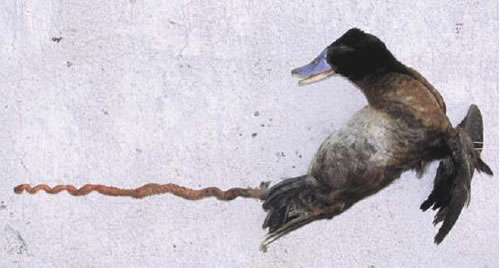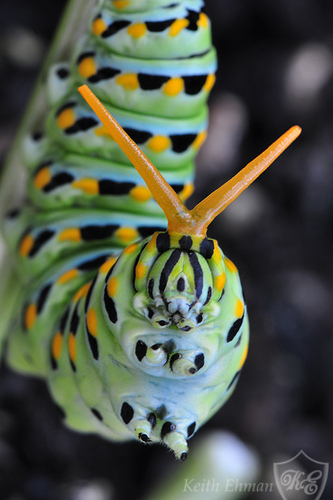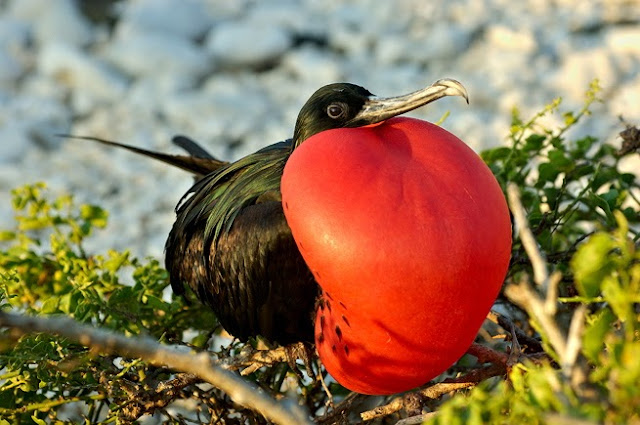No reason. I just think this is neat. Enjoy.
Swallowtail Caterpillars
Primates Rumps
Stalk-eyed fly
Wear a brain diaper for this:
Hooded Seal
*** You must see this to believe it. Unreal. Surreal. Really real.
ARKive - Hooded seal video - Cystophora cristata - 12
Frigate bird
Tragopan bird
Greater Sage Grouse
Frogs
Puffer fishes
Ticks
Swell shark
Longer, awesomer, David Attenborougher, also pit viper:
http://www.youtube.com/watch?v=Qy67XU6xEi8
Owls
Penises
Images from here, here, here, here, here, here, here, here, here, here, here, here, here, here, here and here.
Swallowtail Caterpillars
- Purpose - defense. They're stinky.
Primates Rumps
- Purpose - it's sexy...apparently. And, it lets the guys know you're ready for some lovin'.
- Thank the stars that we evolved away from this. Can you imagine all the 'lip stick' and implants some women would get? I shudder at the thought...
| Bonobos |
 |
| black crested macaque |
 |
| hamadryas baboon |
- Purpose - to show off to the ladies.
Hooded Seal
- Purpose - sexiness
 |
| Don't even try to figure it out. It's the inside of one of his nostrils. |
*** You must see this to believe it. Unreal. Surreal. Really real.
ARKive - Hooded seal video - Cystophora cristata - 12
Frigate bird
- Purpose - sexiness
Tragopan bird
- Purpose -what else? Sexiness
Greater Sage Grouse
- Purpose - sexiness.
Frogs
- Purpose - resonate croaks for...what else? Sexiness
Puffer fishes
- Purpose - be too big and spiky to eat.
Ticks
- Purpose - gorge
 | |||||
| This is so disgusting I have vivid memories from watching it years ago: |
Swell shark
- Purpose - become a mouthful.
- Purpose - they're hungry
Longer, awesomer, David Attenborougher, also pit viper:
http://www.youtube.com/watch?v=Qy67XU6xEi8
 |
| Even gators like to wear snake skin |
Owls
- Purpose - camo and to look intimidating
Penises
- Purpose - internal fertilization
 |
| 17 inches |
Images from here, here, here, here, here, here, here, here, here, here, here, here, here, here, here and here.





















































